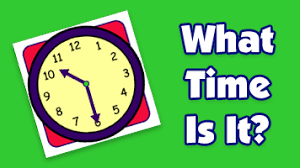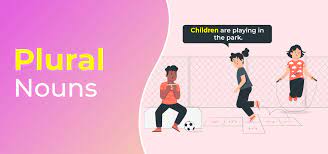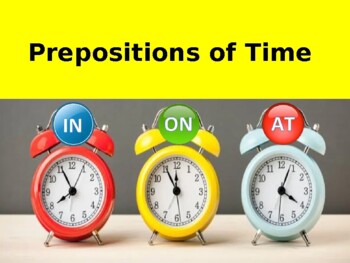
Telling the time in English is easy once you understand how English speakers refer to the different parts of the clock at different times of the day. It always follows the same pattern. So once you know how it works, you can confidently announce the time at any time of the day or night.
In this lesson, students practise asking for and telling the time as it contains key vocab and structures.
this lesson as well includes individual work, both using the laptops and activity sheets. These activities will be testing the students knowledge of telling time.
We'll explore asking for the time, and break down step by step how to tell the time, so you can get the confidence to communicate about time, no matter what minute or hour of the day it is.
- Enseignant: Amel MEHADJI

Plural nouns are words used to indicate that there is more than one person, animal, place, thing, or idea. The difference between singular and plural nouns is simple once you know what to look for.
A plural noun is a word that indicates that there is more than one person, animal place, thing, or idea. When you talk about more than one of anything, you’re using plural nouns. When you write about more than one of anything, you usually use the same word, simply adding an s, es, or ies to the end. There are a few exceptions to this rule, but not many – one of the best is that a single moose is a moose, and a group of moose are still moose.
- Enseignant: Amel MEHADJI

A preposition of time is a preposition that allows you to discuss a specific time period such as a date on the calendar, one of the days of the week, or the actual time something takes place. Prepositions of time are the same words as prepositions of place, however they are used in a different way. You can easily distinguish these prepositions, as they always discuss times rather than places.
In this lesson, students will learn when to use the prepositions in, at, and on for clock time, days, dates, months, years, and seasons.
- Enseignant: Amel MEHADJI
